Facebook Ads vs. Google Ads
Posted on |
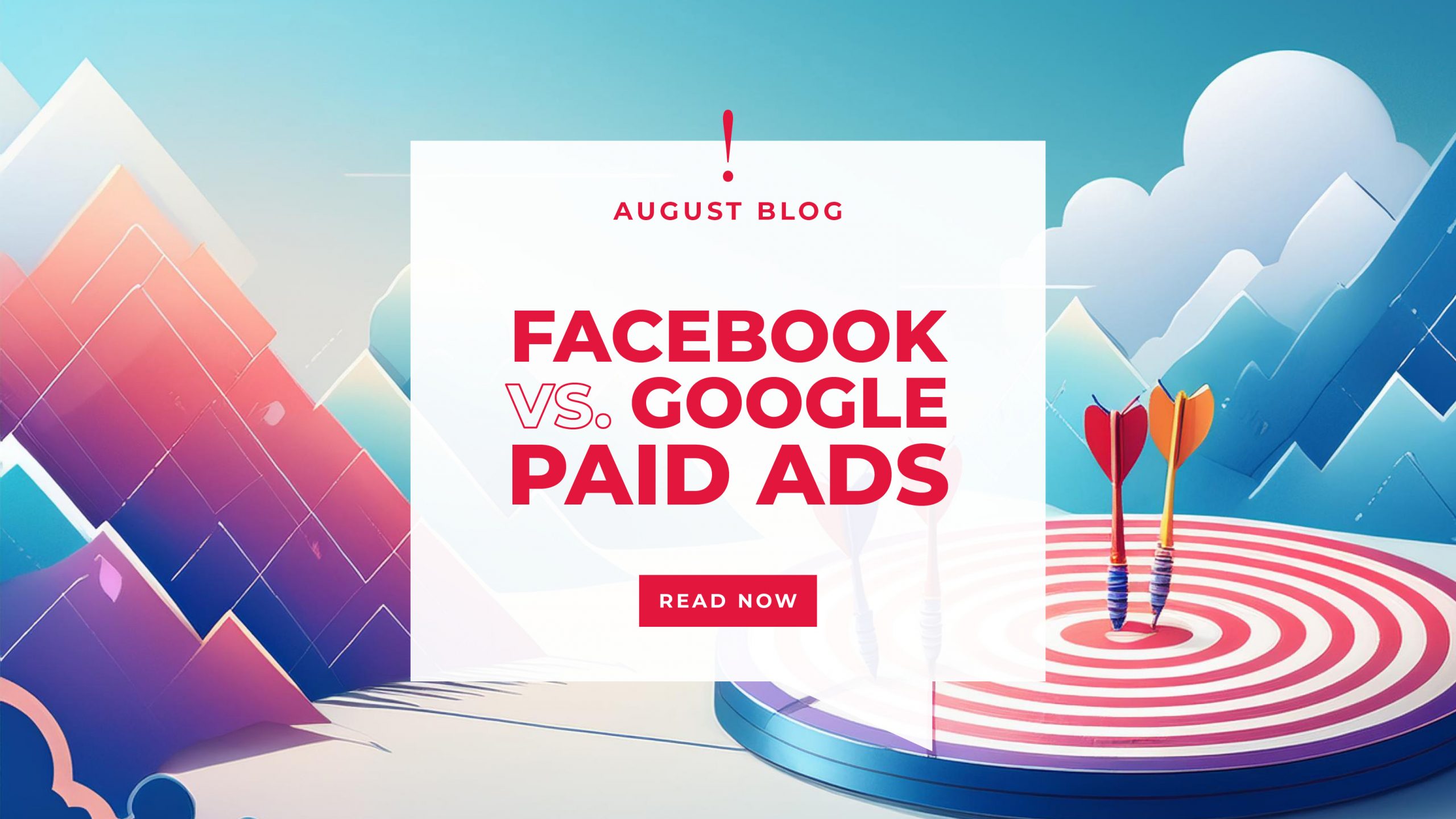
Facebook Ads vs. Google Ads
When considering advertising for your business, comparing Facebook Ads and Google Ads (now known as Google Ads) is essential. Each platform has unique strengths, targeting capabilities, and advertising formats that cater to different business goals and audiences.
Here’s a comprehensive comparison.
Audience Reach and Targeting

Targeting Capabilities
Facebook offers highly detailed targeting options based on demographics, interests, behaviours, and even life events. Custom Audiences can be created from existing customer data, website traffic, or app activity, and Lookalike Audiences can help find new potential customers like your existing ones.
Platform Users
Ideal for businesses targeting a broad or specific consumer audience. Facebook’s integration with Instagram extends reach to a visually oriented user base.

Targeting Capabilities
Google Ads targets users based on keywords they are searching for, making it highly effective for capturing intent. Additionally, it offers targeting based on demographics, interests, and behaviours across the Google Display Network and YouTube.
Platform Users
Suitable for businesses targeting users actively searching for products or services. Google’s extensive network includes search results, YouTube, Gmail, and partner sites.
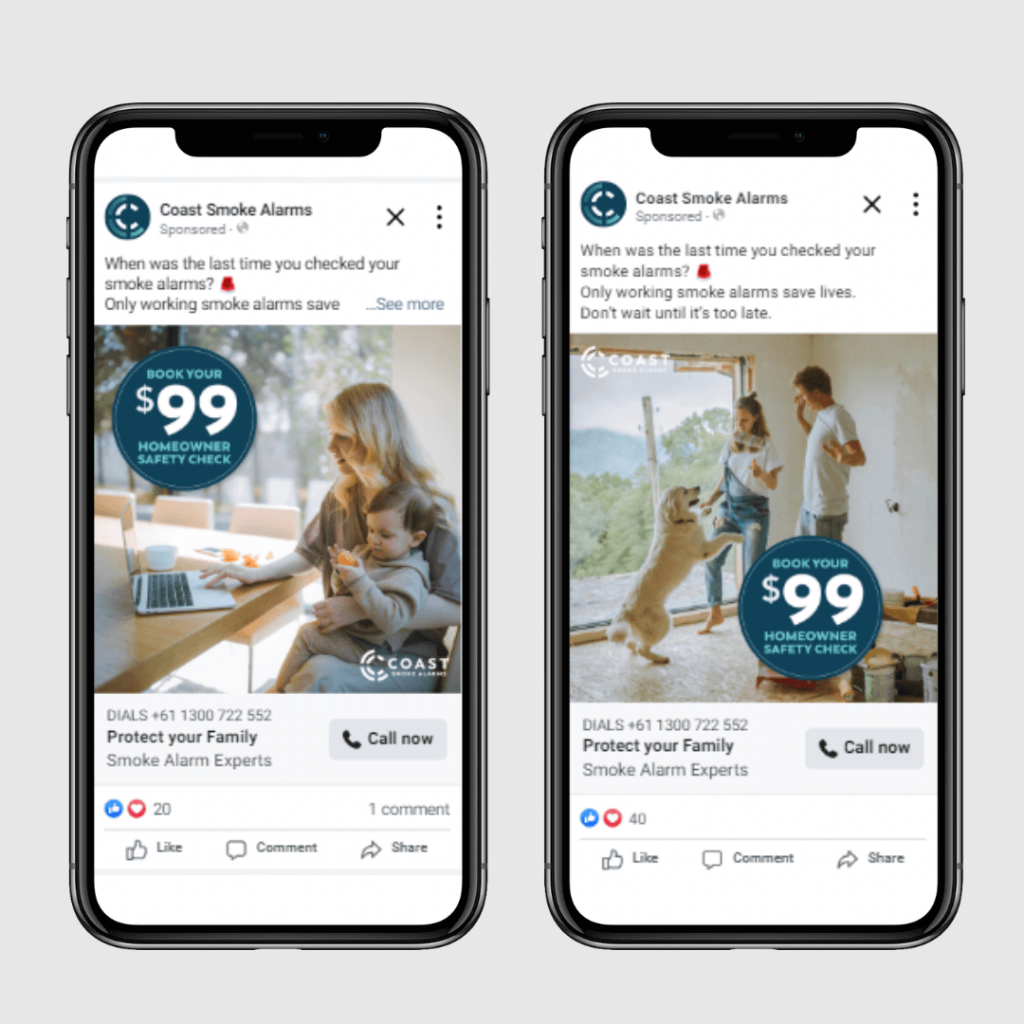
Ad Formats

Formats
Image, video, carousel, slideshow, collection, instant experience, lead ads, and stories.
Creative Flexibility
Allows for highly visual and interactive ad formats that encourage engagement and brand storytelling.

Formats
Text ads, responsive ads, shopping ads, image ads, video ads, and app promotion ads.
Search Intent
Text ads appear on search engine results pages (SERPs), while display and video ads can appear on partner sites and YouTube, targeting users with specific interests or previous interactions with your site.
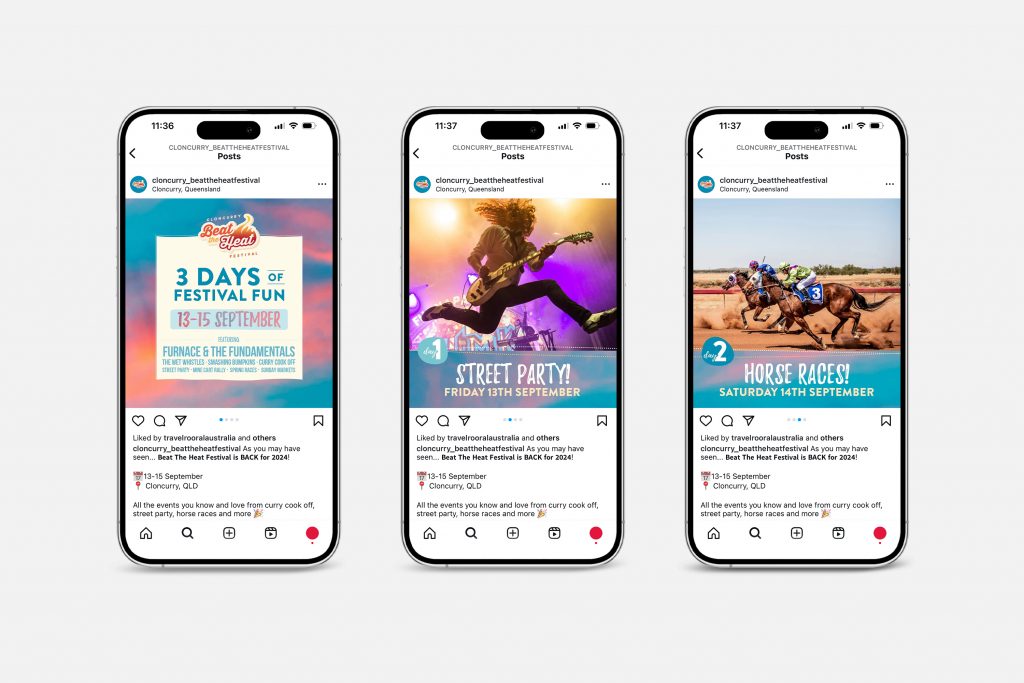
Cost and Pricing Models

Cost Structure
Cost-Per-Click, Cost-Per-Thousand Impressions, and Cost-Per-Action. Bidding can be automatic or manual.
Budgeting
Generally, more cost-effective for brand awareness and engagement campaigns. However, costs can vary depending on the industry and competition.

Cost Structure
Cost-Per-Click, Cost-Per-Thousand Impressions, and Cost-Per-Action. Offers manual and automated bidding strategies to optimise campaign performance.
.
Budgeting
Can be more expensive, especially for competitive keywords. Effective for driving immediate, high-intent traffic but requires careful keyword management to control costs.
Campaign Objectives and Performance

Objectives
Brand awareness, engagement, traffic, lead generation, app installs, video views, and sales.
Performance
Strong for building brand loyalty, community engagement, and nurturing leads through retargeting.

Objectives
Primarily focused on driving direct response actions such as clicks, conversions, and sales.
.
Performance
Highly effective for capturing high-intent users actively searching for specific products or services.
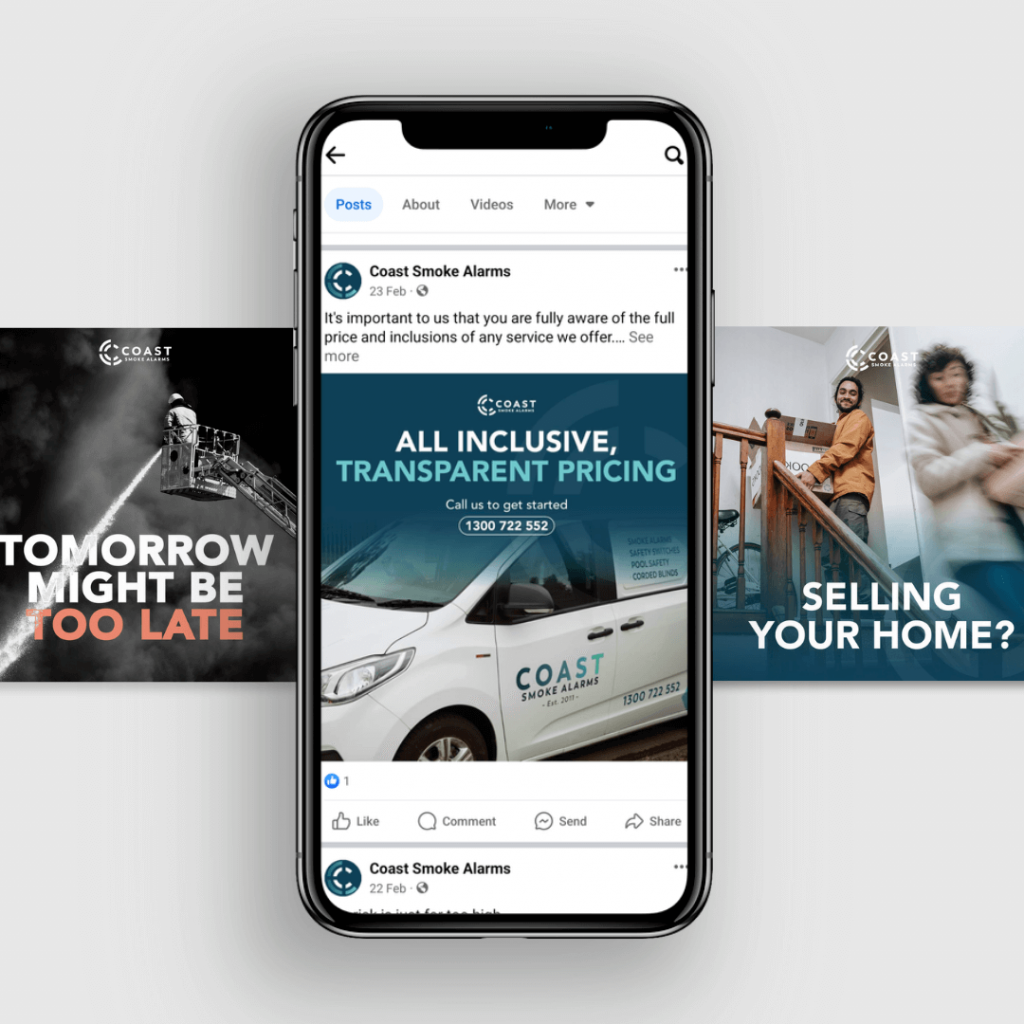
Analytics and Reporting

Tools
Facebook Ads Manager provides detailed insights into ad performance, audience engagement, and conversion tracking.
.
Attribution
Allows for various attribution models to understand the customer journey and the impact of ads on conversions.

Tools
Google Ads Dashboard offers comprehensive analytics, keyword performance data, and integration with Google Analytics for in-depth insights.
Attribution
Provides multiple attribution models, helping to track the effectiveness of ads throughout the conversion path.

User Experience and Management

Ease of Use
User-friendly interface with robust creative tools and guided campaign setup.
.
.
Management
Suitable for both beginners and experienced advertisers. Ad creation and management are straightforward, with extensive resources and support available.

Ease of Use
More complex due to the depth of targeting and bidding options. Requires more time to master, especially for managing keywords and optimising bids.
Management
Better suited for experienced advertisers or those with dedicated resources for campaign management.
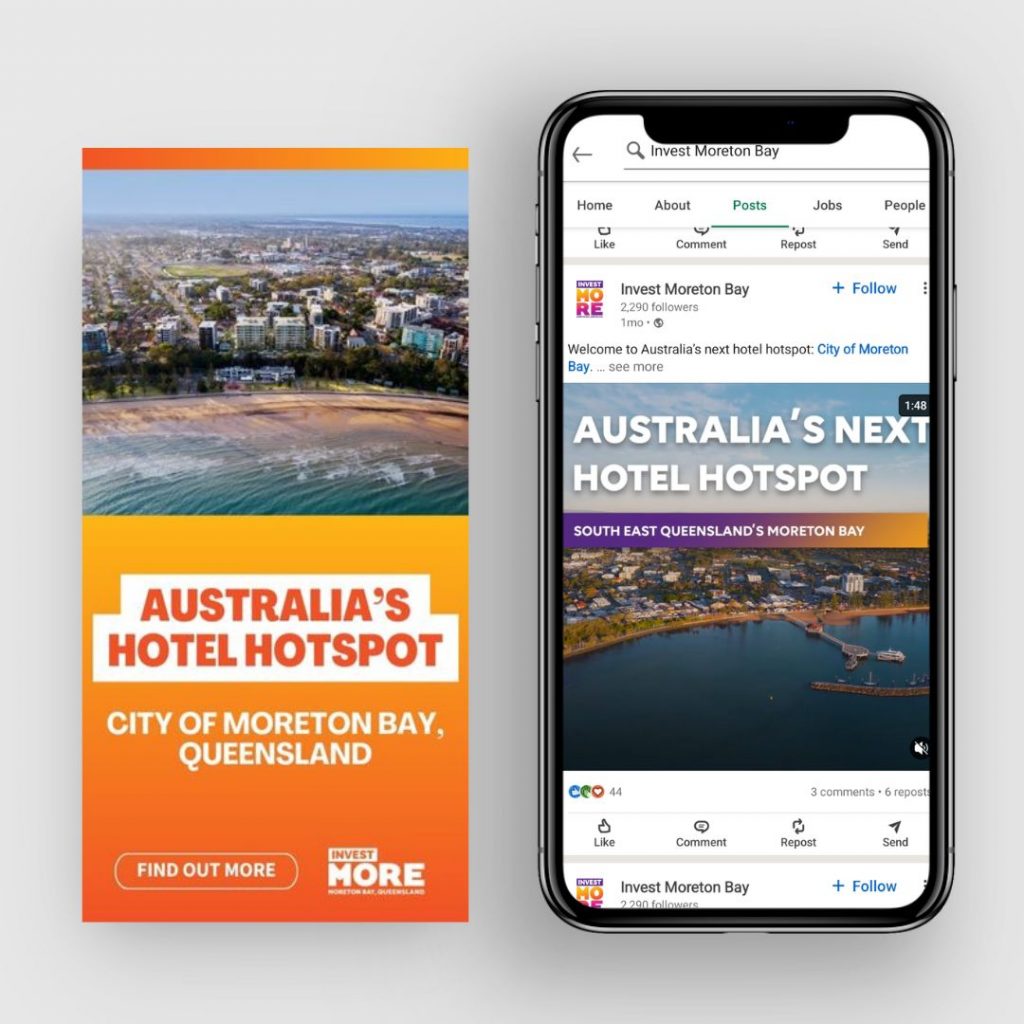
Conclusion
Facebook Ads are excellent for businesses aiming to build brand awareness, engage with a specific audience, and leverage visually rich and interactive ad formats. They are particularly effective for B2C companies looking to create a loyal customer base through targeted social media marketing.
Google Ads are ideal for businesses aiming to capture high-intent traffic and drive immediate conversions. They are especially powerful for e-commerce and service-based businesses targeting users actively searching for specific products or services.
Ultimately, the choice between Facebook Ads and Google Ads should be based on your specific business goals, target audience, and budget. Many businesses find success using a combination of both platforms to maximize reach and effectiveness across different stages of the customer journey.
NEED SUPPORT WITH YOUR FACEBOOK ADS / GOOGLE ADS?
We’d love the opportunity to meet to present how we can help you. Call us on 07 5458 5600 or email hello@dtb.com.au and let’s get down to business!

Leave a Reply